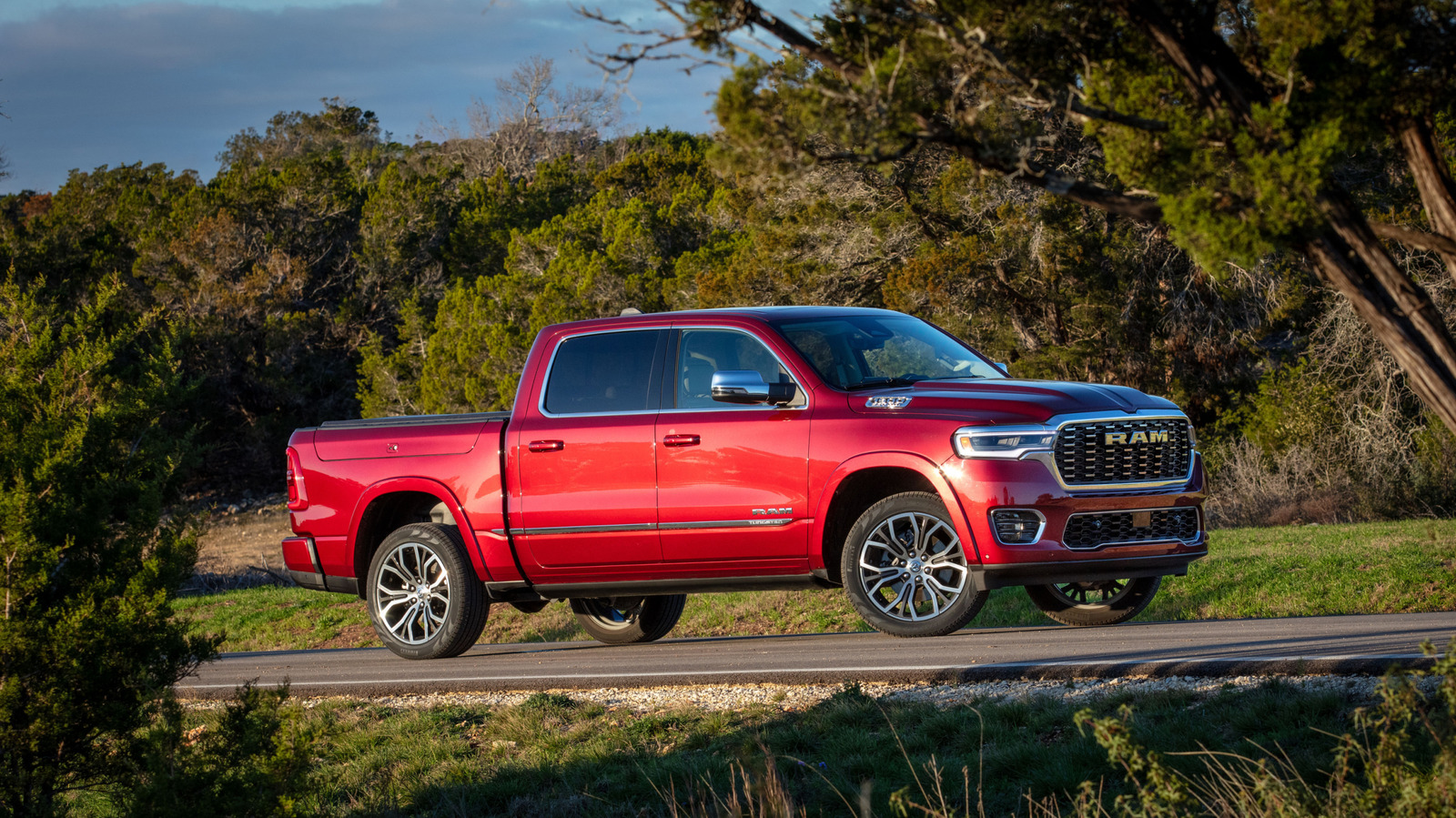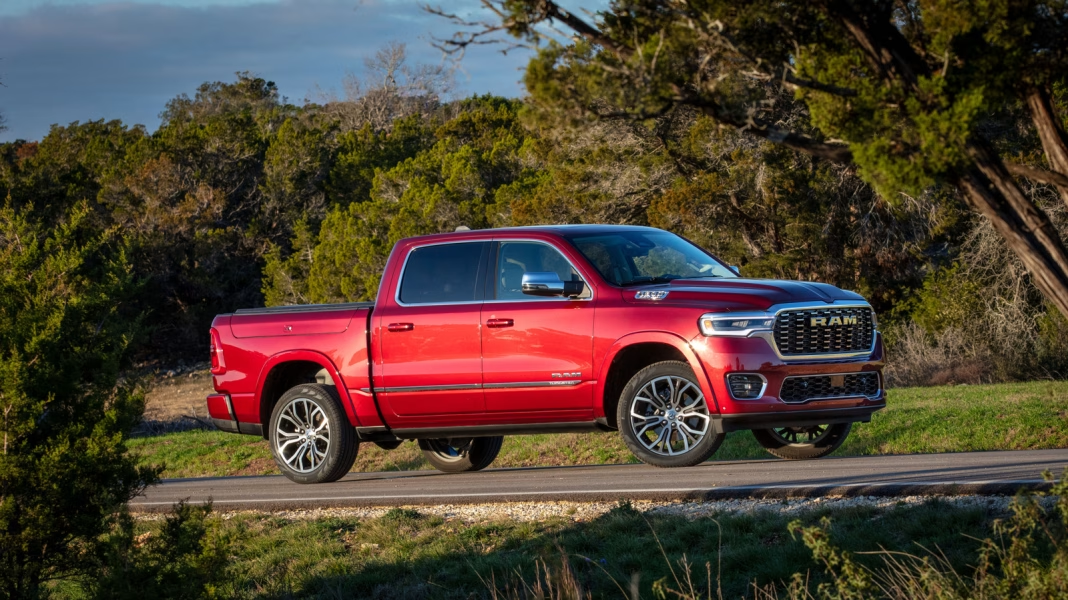Ever noticed that gap between the cab and the bed of a truck? It’s a common sight, yet it raises a lot of questions. Why is there a visible seam, and why aren’t these two components connected? Let’s dive into the reasons behind this design choice, which might surprise you.
Understanding the Design: Function Over Form
At first glance, that gap might seem like a design flaw or an oversight. However, it’s actually a deliberate choice rooted in practicality. Trucks are built to handle a variety of tasks, from hauling heavy loads to navigating rough terrains. The separation between the cab and the bed allows for greater flexibility in how the vehicle functions.
When a truck is loaded, the bed can flex and move independently from the cab. This is crucial for maintaining stability and control, especially when carrying heavy or uneven loads. If the cab and bed were rigidly connected, any movement in the bed could directly affect the cab, leading to a bumpy ride and potential damage to the vehicle.
The Importance of Manufacturing and Repair
Another reason for this design is related to manufacturing and repair processes. Trucks are often produced in a modular fashion, where different components are assembled separately. This allows manufacturers to streamline production and make repairs easier. If a truck bed gets damaged, it can be replaced without needing to replace the entire cab. This modularity not only saves time and money but also enhances the truck’s longevity.
Additionally, this separation allows for customization. Truck owners can choose different bed sizes or styles that suit their needs without being tied to a specific cab design. Whether you need a long bed for hauling equipment or a short bed for city driving, the flexibility of the design accommodates various preferences.
Weather Considerations: Protecting the Interior
Let’s not overlook the impact of weather on truck design. The gap between the cab and the bed can help with drainage and airflow, reducing the risk of water pooling in the truck bed. This is especially important for those who use their trucks for outdoor activities or work in wet conditions. A well-designed truck can prevent rust and damage, extending its lifespan.
Moreover, this design choice can also contribute to better ventilation in the cab. With the separation, air can flow more freely, helping to keep the interior cooler in hot weather. It’s these little details that enhance the overall driving experience, making it more comfortable for the driver and passengers.
Real-World Examples: Trucks in Action
Consider the Ford F-Series, one of the best-selling trucks in America. Its design incorporates this cab-bed separation, allowing it to excel in various roles—from workhorse to family vehicle. Users appreciate the versatility, whether they’re towing a trailer or simply commuting to work. The same goes for the Chevrolet Silverado and Ram trucks, which have embraced this design philosophy to cater to a wide range of customers.
In practice, this means that truck owners can confidently use their vehicles for everything from heavy-duty hauling to weekend adventures without worrying about compromising comfort or performance.
The Big Takeaway
So, the next time you spot that seam between the cab and the bed of a truck, remember that it’s not just there for looks. This design choice enhances flexibility, simplifies repairs, and improves the overall driving experience. The big takeaway? That gap isn’t about perfection—it’s about smarter adjustments. Start appreciating these thoughtful design elements, and you’ll likely see your truck in a whole new light.


